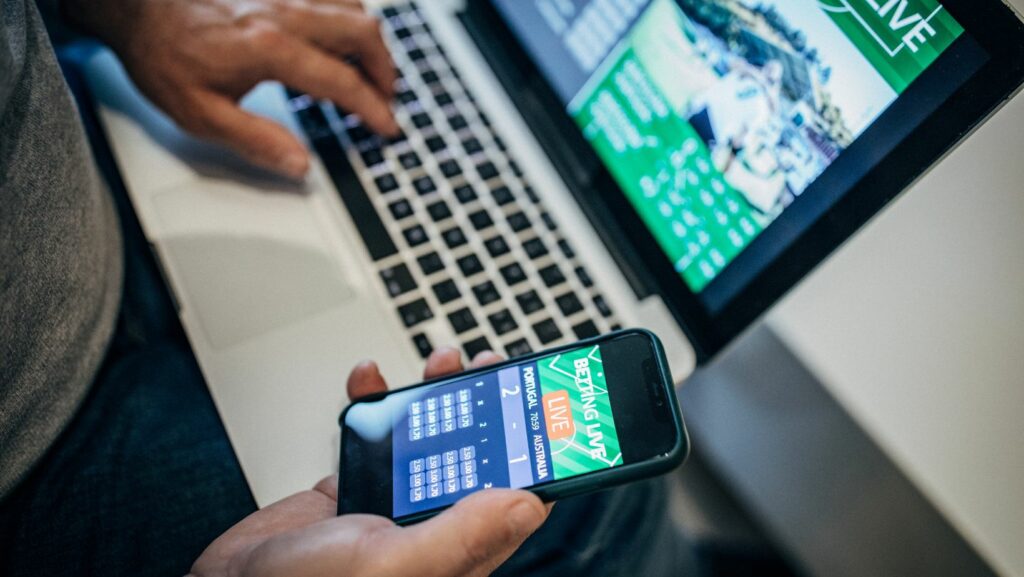In a world where technology moves at lightning speed, it’s easy to feel left behind, especially when it comes to smartphones. The iPhone 6s, once the crown jewel of Apple’s lineup, now raises a burning question: Can it keep up with the 5G revolution? Spoiler alert: it can’t.
Table of Contents
ToggleOverview of iPhone 6s Specifications
The iPhone 6s, despite its age, includes several notable specifications. Understanding these details clarifies its limitations in modern network environments.
Design and Features
The iPhone 6s features a 4.7-inch Retina display with a resolution of 1334 x 750 pixels. Users enjoy the aluminum body, which offers durability and a premium feel. Its design includes the Touch ID fingerprint sensor for quick access. The device is available in multiple colors, including space gray, silver, gold, and rose gold. Cameras are another highlight, with a 12-megapixel rear camera and a 5-megapixel front camera. These aspects, while impressive for their time, fall short compared to newer models.
Performance Capabilities
The iPhone 6s is powered by the A9 chip, which incorporates a 64-bit architecture. RAM stands at 2 GB, supporting multitasking but limiting advanced applications. Users report smooth performance for basic tasks but lag in demanding tasks. The device comes with storage options of 16, 32, 64, and 128 GB. Battery life lasts around 14 hours on a single charge for talk time. This performance level is adequate for many users but struggles against today’s requirements, especially with the advent of 5G technology.
What is 5G Technology?
5G technology represents the fifth generation of mobile networks. Enhanced speed and connectivity define this evolution from previous generations, particularly 4G.
Difference Between 4G and 5G
4G networks typically offer speeds up to 100 Mbps, accommodating most mobile data needs. In contrast, 5G technology promises speeds ranging from 1 to 10 Gbps, significantly faster than its predecessor. Latency, or response time, also improves. 4G latency often sits around 30 to 50 milliseconds, while 5G reduces this to about 1 millisecond. This low latency enables real-time communication, benefiting applications like autonomous driving and remote surgeries. Moreover, capacity increases with 5G. It can connect up to 1 million devices per square kilometer, ensuring a robust environment for IoT devices.
Benefits of 5G Connectivity
5G connectivity offers numerous advantages for users. Speed ranks as a principal benefit, allowing for seamless streaming and faster downloads. Enhanced mobile broadband experiences transform how people consume media. Capacity scalability ranks high on the benefits list, accommodating more devices in crowded areas, such as stadiums or urban centers. Improved reliability ensures consistent connections, even in high-demand situations. Applications in various fields thrive with 5G, supporting advancements in smart cities, telemedicine, and industrial automation, all contributing to a more interconnected world.
Compatibility of iPhone 6s with 5G
The iPhone 6s lacks compatibility with 5G networks. This limitation stems largely from its hardware specifications and network support.
Network Requirements for 5G
5G networks require devices to support specific frequency bands and advanced network capabilities. Current 5G technology utilizes low, mid, and high-band spectrums which permit greater data transmission speeds. Mobile operators typically deploy 5G networks to provide improved connectivity and lower latency. The iPhone 6s, designed for 4G LTE, doesn’t meet these stringent requirements. Users seeking 5G connectivity must upgrade to more recent iPhone models that include 5G compatibility.
Limitations of iPhone 6s for 5G Access
Hardware constraints limit the iPhone 6s from accessing 5G networks. First, the A9 chip lacks the necessary components to process 5G signals. Second, the device features only 2 GB of RAM, insufficient for modern multitasking demands. Third, its modem technology was developed for earlier mobile network standards. As a result, the iPhone 6s does not support 5G connectivity, even with 5G signals available in the surrounding area. Users with the iPhone 6s unable to experience the speed benefits and enhanced connectivity offered by 5G technology must consider device upgrades for improved performance.
Alternatives to iPhone 6s for 5G
Finding a suitable replacement for the iPhone 6s can enhance the user experience, especially for accessing 5G networks. Several 5G-compatible smartphones deliver improved performance and connectivity.
Recommended 5G Compatible Models
Apple’s iPhone 12 and later models offer 5G support, featuring the A14 chip and improved battery life. Samsung’s Galaxy S21 series stands out with its robust camera performance and built-in 5G capabilities. Google’s Pixel 5 provides excellent photography and seamless integration with Google services while supporting 5G. OnePlus 9 offers high performance with its Snapdragon 888 chipset, making it an attractive alternative as well. Each of these options provides users with enhanced speed and access to advanced features that the iPhone 6s lacks.
Considerations for Upgrading
Before upgrading, users should assess their specific needs and budget. Battery life, camera quality, and software updates play crucial roles in ensuring satisfaction with a new device. Users should look into their preferred interfaces, especially whether they favor iOS or Android. Additionally, reviewing carrier compatibility ensures optimal 5G performance. Storage capacity also matters, especially for those who store multiple apps and media files. A comprehensive understanding of these factors can guide users toward making an informed decision on their next smartphone.
The iPhone 6s, while once a popular choice, falls short in the era of 5G technology. Its hardware limitations prevent it from accessing the enhanced speeds and capabilities that 5G offers. Users looking to experience the benefits of faster downloads and improved connectivity will need to consider upgrading to more recent models.
With options like the iPhone 12 and Samsung Galaxy S21 available, individuals can find devices that not only support 5G but also provide better performance and features. Careful evaluation of personal needs and preferences will ensure a smooth transition to a smartphone that meets modern demands.










